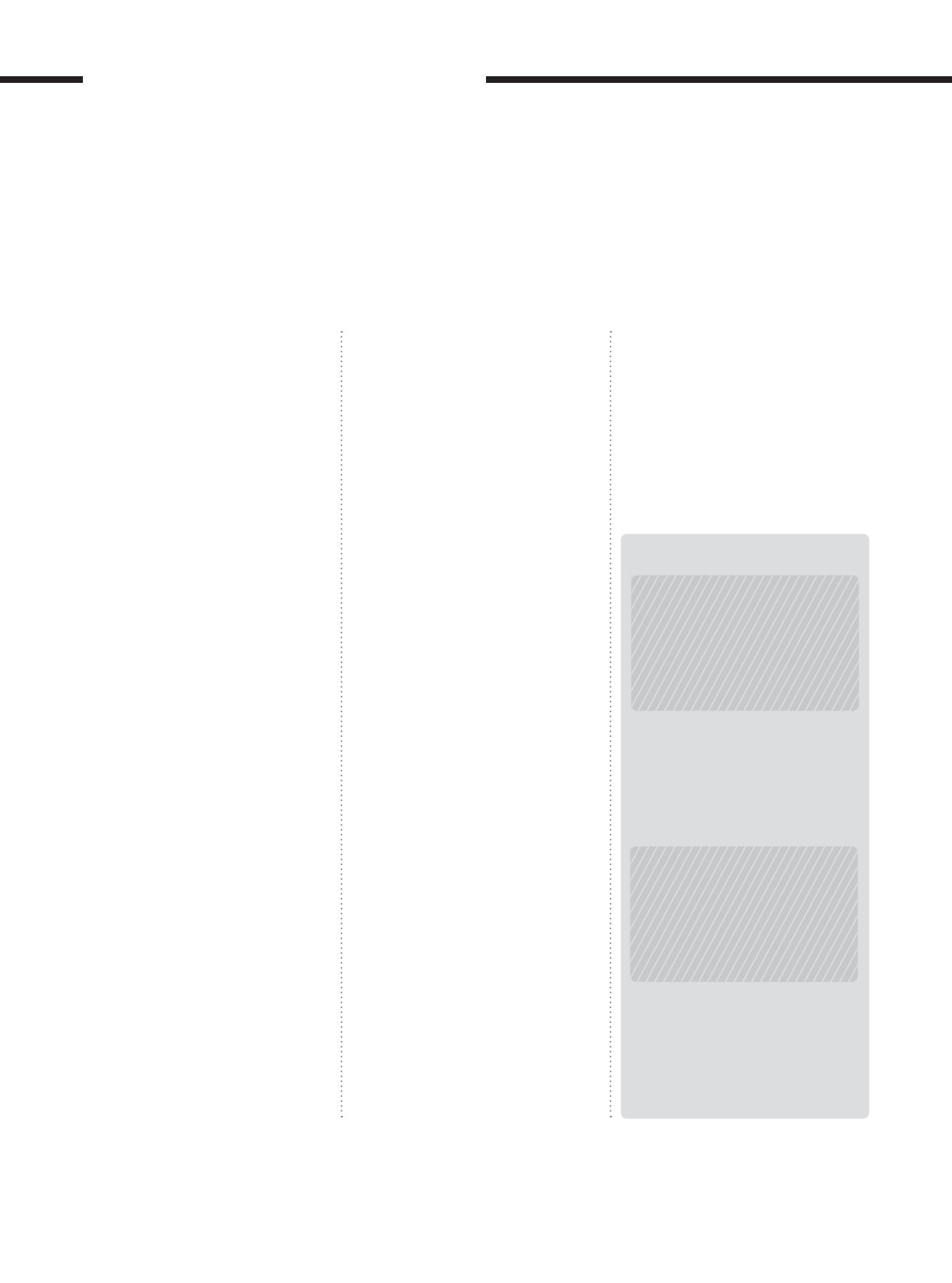

MANAGEMENT DISCUSSION & ANALYSIS
OVERALL PERFORMANCE
It is hard to believe another year has
gone. They say time flies when you’re
having fun. While we certainly have had
our share of fun, the team at AirAsia has
also been working extremely hard; and
it is probably more accurate to say that
our time has flown by so swiftly because
of the sheer amount that we achieved.
2017 was yet another year of phenomenal
growth as a result. We took delivery of 29
aircraft – a record for the last four years;
expanded the route network of each
country’s operations; saw our first flight
in Japan take to the skies while laying
the groundwork to start up in Vietnam
and China; and worked to secure an over
USD1.18 billion deal revolving around
the divestment of our aircraft leasing
operations that are currently undertaken
by Asia Aviation Capital Limited (AACL).
While others in the region were reducing
capacity, we grew ours by 13%, adding new
routes and increasing frequencies. As at
year end, the Group’s fleet of 205 Airbus
A320 aircraft were serving 293 routes
to 119 destinations in 21 markets within
Asia. With effective route management,
we increased our aircraft utilisation from
an already very respectable 12.14 hours
a day in 2016 to 12.82 hours. Tapping
existing demand while stimulating
demand on unique routes, we filled up our
flights, seeing our load factor grow two
percentage points to 88% and the total
number of guests carried increase 16% to
65.5 million. That truly is an astronomical
figure, roughly a tenth of the entire Asean
population.
In Malaysia, we dominate both the
domestic and international air travel
markets. With over 1,900 flights a week
from six hubs, we account for no less than
54% of the total number of flights within
the country. Even more gratifying, we also
saw accelerated growth in all our associate
airlines, with the exception of Indonesia
where operations were disrupted due to
volcanic activities in Mt Agung. Having said
that, we were still able to successfully list
the airline at year end. Additionally, we are
proud that all our Asean operations also
recorded full-year profits.
Despite a 23.3% increase in fuel cost, as
well as a depreciating Ringgit against
the US Dollar, AirAsia Berhad (namely
AirAsia Malaysia, AirAsia Indonesia and
AirAsia Philippines) achieved a full-year
net operating profit of RM1.58 billion,
exceeding the record set in 2016 by
8.5% on a proforma basis. Hedging
our fuel and foreign exchange (forex)
helped to minimise the impact of the oil
price increase and unfavourable forex
environment. In addition, we have been
able to reap the benefits of some early
wins of our digital transformation which
took off in earnest, completely revamping
our business approach in ways made
possible only by better data analysis and
mining.
Further building our efficiencies, we
started integrating our operations
across the Group as we move towards
becoming One AirAsia. The idea of One
AirAsia is to streamline our operations for
enhanced efficiencies and better revenue
management leading to greater cost
reductions. Working as one, we present a
stronger voice in procurement as well as
when negotiating deals. In the longer term,
we envisage consolidating the financial
results of all our country operations as this
would present a more accurate picture of
the Group’s overall performance and value.
Towards this end, we are pleased to share
that as of the first quarter of 2017, we have
been consolidating the financial figures of
our Indonesian and Philippine associates
with that of Malaysia when presenting our
results in terms of profit and loss, and our
balance sheet.
We are proud of our financial performance
for the year, which was boosted by
USD100 million in proceeds from the
divestment of Asian Aviation Centre of
Excellence (AACE). We also monetised
our ground handling unit and firmed up
a transaction for our leasing business.
Proceeds from these latter two
transactions will be reflected in our 2018
financial figures.
TOTAL
ALLSTARS
19,314
TOTAL
FLEET
205
AIRBUS A320
PASSENGERS FLOWN
TO DATE
435
MILLION
PASSENGERS CARRRIED
IN 2017
65.5
MILLION
GROUP AT A GLANCE
1
By “the Group” we refer to AirAsia Malaysia, AirAsia Indonesia, AirAsia Philippines, AirAsia Thailand, AirAsia India and AirAsia Japan. Although the Group’s total fleet size stood at
205, this included three aircraft on lease to third parties, six that were grounded for redeployment to other affliates in 1Q18 and eight operated by AirAsia X Indonesia.
“FOLLOWING THE COMPLETION OF THE INTERNAL REORGANISATION
OF AIRASIA BERHAD (AAB) AND THE TRANSFER OF ITS LISTING
STATUS TO AIRASIA GROUP BERHAD (AAGB) ON 16 APRIL 2018, AAB IS
NOWAWHOLLY-OWNED SUBSIDIARY OF AAGB. THIS MANAGEMENT
DISCUSSION AND ANALYSIS REPRESENTS AAB’S FINANCIAL
ACHIEVEMENTS, RESULTS, BUSINESS PLANS AND STRATEGIES FOR THE
FINANCIAL YEAR ENDED 31 DECEMBER 2017 (THE FINANCIAL YEAR),
WHICHWILL BE ADOPTED BY AAGB IN THE NEXT FINANCIAL YEAR.”
[ ]
AirAsia Group Berhad
PERSPECTIVE
88


















